There are many unwritten rules and common practices for drawing good circuit diagrams.
My first rule is that it should be clear, an experienced circuit designer should be able to quickly recognize certain common structures.
I think you have the basics covered which are mentioned in this answer. It is good to read this in any case.
Dave from the EEVBlog ran into a "crappy" schematic one day so he decided to make a video to show how that schematic could be improved. Here's the video.
Dave has been a PCB designer for years before he became a full time Youtuber so you can trust him to spot issues in any PCB he encounters.
The design of the circuit itself is a completely different ballpark. Normally in a company the circuit designer designs the circuit while the PCB designer designs the PCB. That is not to say that this cannot be done by one person of course.
It goes too far to explain the design of an SMPS here. To learn how to design circuits you will need to spend time and effort to familiarize yourself with it. Start by analyzing existing circuits, try to figure out how they work and why things are done as they are.
Regarding a mains powered SMPS like in your schematic, that is really a specialist area as it combines high voltage and safety is a concern. So without fully understanding the ins-and-outs of such an SMPS you should not actually make a real design for that. The schematic is mainly functional as in that it shows how the circuit components are connected so we can determine how it works.
What the schematic does not show is how large isolation slots need to be, what distance between the low voltage and high voltage sides need to be observed and what special components are needed.
For example, there's 10 nF, 2 kV capacitor in the original schematic (you missed it in yours!!!). Anyone familiar with SMPS designs will know that that needs to be a Y-class capacitor (read here). If that's not understood and a "normal" 2 kV capacitor is used, the SMPS will be unsafe. When the capacitor fails it might short and give an electrical shock to the user.
So, be safe and start with low voltage circuits and gradually build up your knowledge.
Tell your friend who need a smaller SMPS to just buy one. To really make a proper smaller design the complete design might need to be reconsidered. You can only make a safe and small SMPS when you have the experience to do that.
 I have a few concerns which are:
I have a few concerns which are: